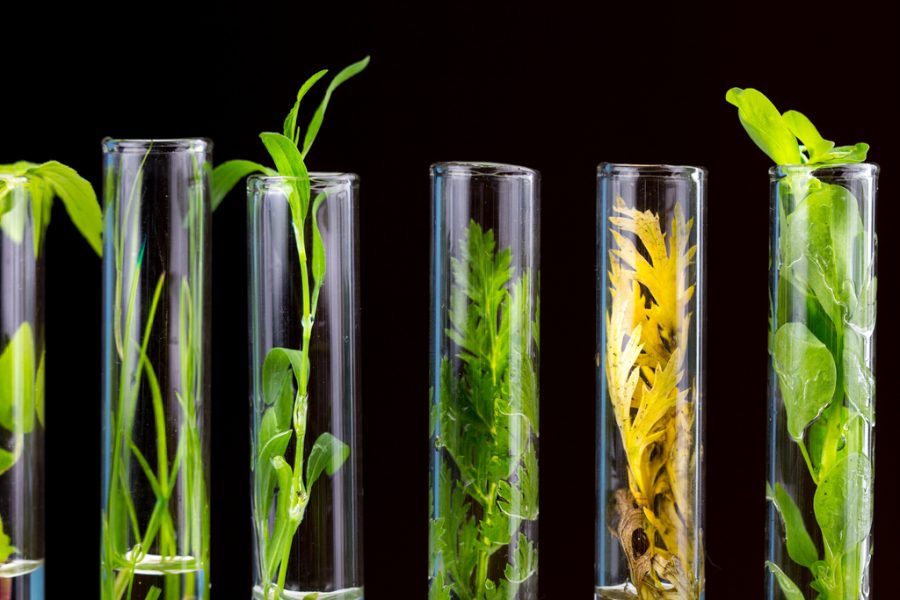Recently, nonequilibrium atmospheric pressure plasma, hereafter plasma, has been utilized in a wide range of applications including biomedical, food industry, and agriculture. The basic purpose of the plasma in these applications is activation or inactivation of micro‐organisms and/or cells. There is great potential use of the plasma in agriculture, especially in plant factories, where hydroponic fertilizers are used for plant cultivation. Hydroponic fertilizers can serve as ideal solutions if they can acquire antimicrobial property.
Plasma‐activated water (PAW), also referred to as plasma‐treated water (PTW), can be used as an effective hydroponic fertilizer. Studies have recorded plant growth enhancement during plant cultivation with PAW. However, the bactericidal efficacy is notably higher when the pH value is lower than 4.8; thus, the requirement of low pH environment for antimicrobial activity renders the use of PAW difficult in hydroponic plant culture.
Other plasma‐activated liquid solutions have to be considered for use in the neutral pH range to stimulate antimicrobial activity and growth enhancement. For example, plasma‐activated lactate (PAL) was recently developed for cancer therapy and is being introduced in agricultural applications.
A team of Japanese scientists investigated the bactericidal effect of plasma‐generated neutral oxygen reactive species (hereafter oxygen radical) on organic compound solutions.

Experimental procedure of incubation of radish sprout, performed to investigate plant growth with radical‐activated liquid solution(s). From left to right: Germination; preincubation; replantation and addition of radical activated liquid solution; incubation; measurement of radish sprout length.
Radical‐activated l‐Phe effectively killed E. coli and bactericidal efficacy increased with increase in the irradiation time. These results indicate that the oxygen radical treatment of organic compounds with benzene rings can effectively achieve antimicrobial property. Moreover, radical‐activated l‐Phe solution enhanced the growth of radish sprout.
“We managed to confirm the possibility of the simultaneous achievement of antimicrobial property and plant growth promotion by the oxygen radical activation of l‐Phe, which can be of valuable use in agricultural applications,” says team member, Masafumi Ito.

















